The Our Soil team will be working with the Uptown Summer program at The Sanctuary for Independent Media on Wednesdays this month. We will be investigating soil lead in local soils, which will involve grappling with how and why lead is in soil in cities, how much lead do local soils contain, and what we can do about it to protect community health.
Today, on the first Wednesday of Uptown Summer, Dan and Hannah joined the Uptown Summer teens to introduce the topics of lead pollution and soil. We read and discussed the “Soil in the City” comic book together, relating it to the situation in Troy and thinking about what it would take to keep residents safe from lead.
We then watched a video about the Toxic Soil Busters in Worcester, MA, a group of teens that organized a soil testing program to measure lead in people’s yards in the city and took landscaping measures to prevent exposure where they found lead. This example prompted questions and discussion about what we thought about the role of science in identifying environmental pollutants like lead in soil, as well as its role in contributing to lead being in soil now. You can watch the video on the Toxic Soil Busters here.
We ran out of time before we had a chance to then dive into a map on childhood blood lead levels produced by Reuters, “Looking for Lead.” You can view the map here and read the articles associated with the larger reporting series, “Unsafe at Any Level,” here.
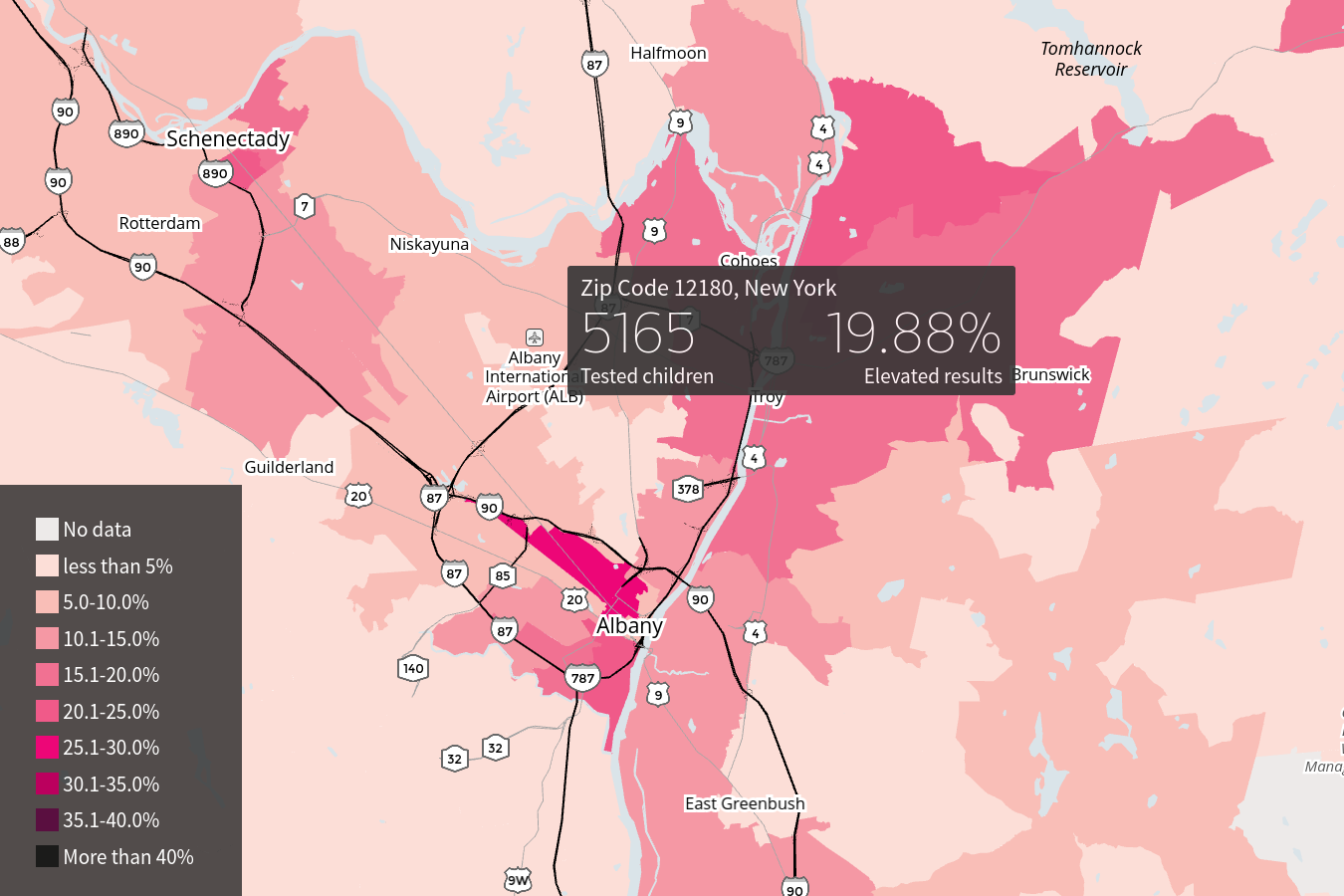 Screenshot of the Reuters “Looking for Lead” map centered on Troy, NY.
Screenshot of the Reuters “Looking for Lead” map centered on Troy, NY.
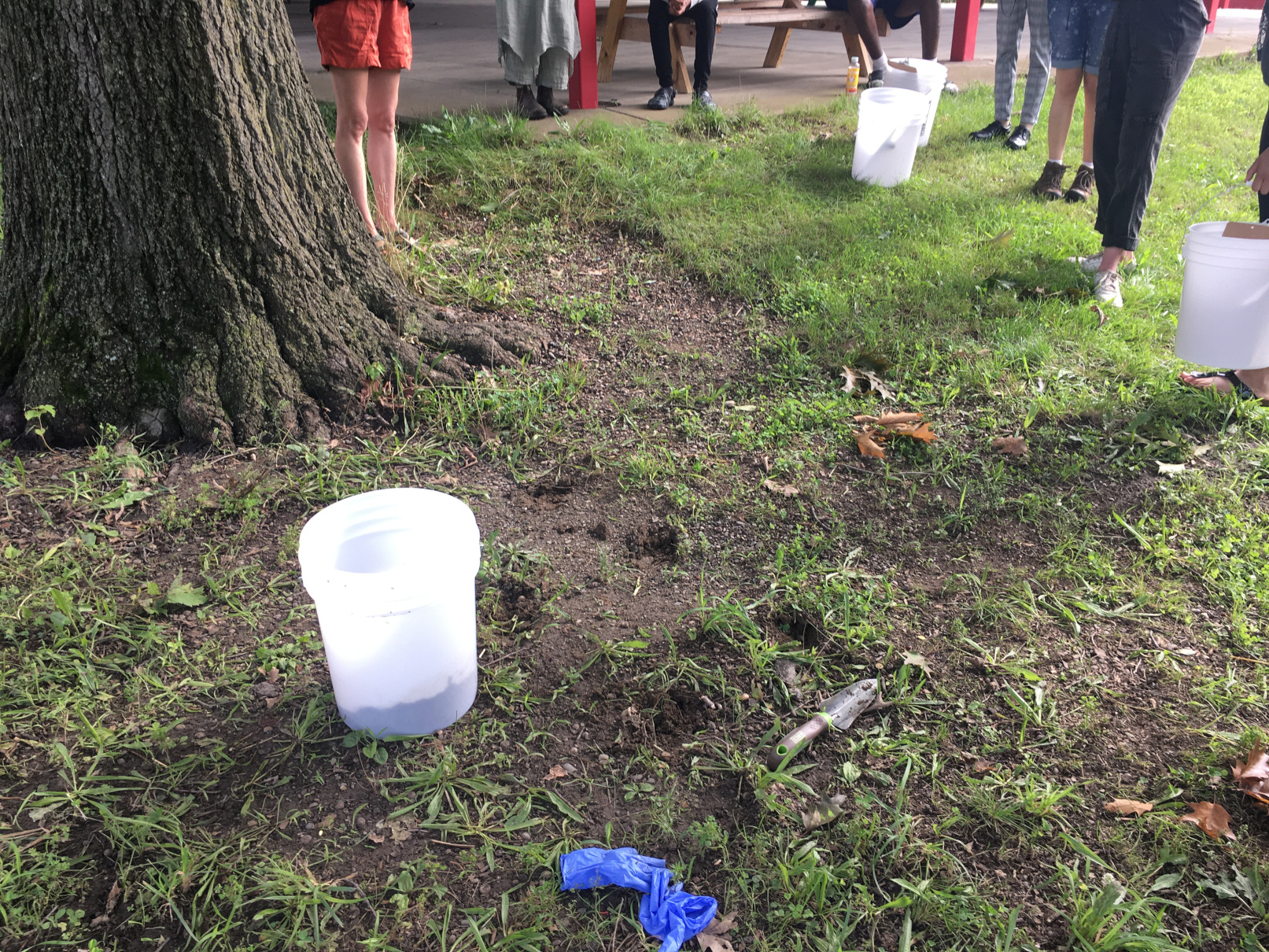
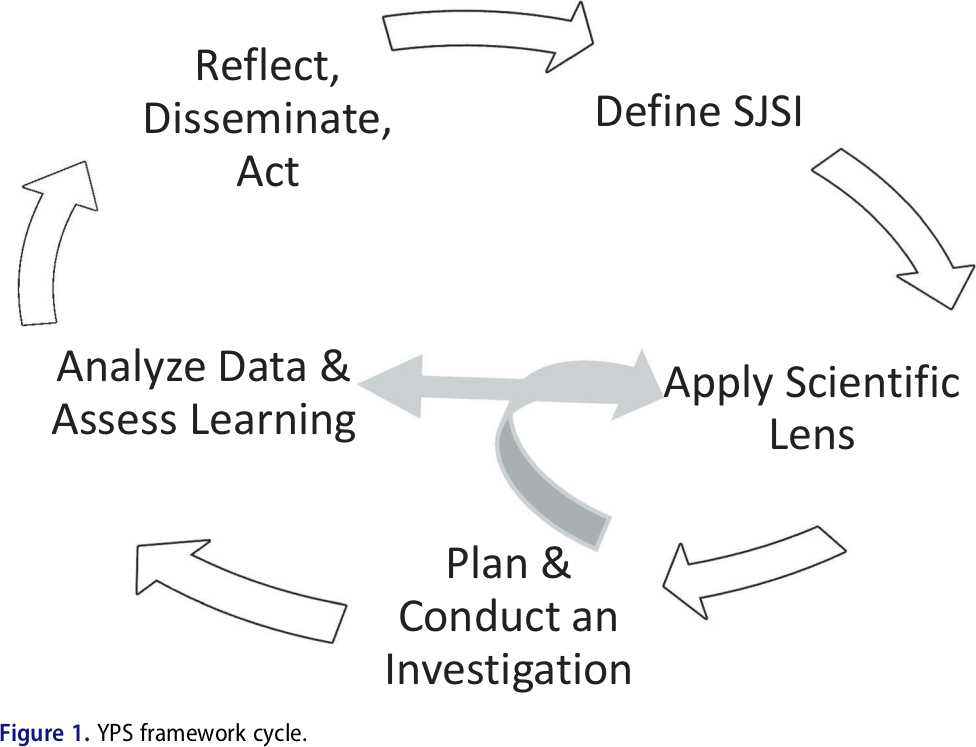 Figure 1 from
Figure 1 from 
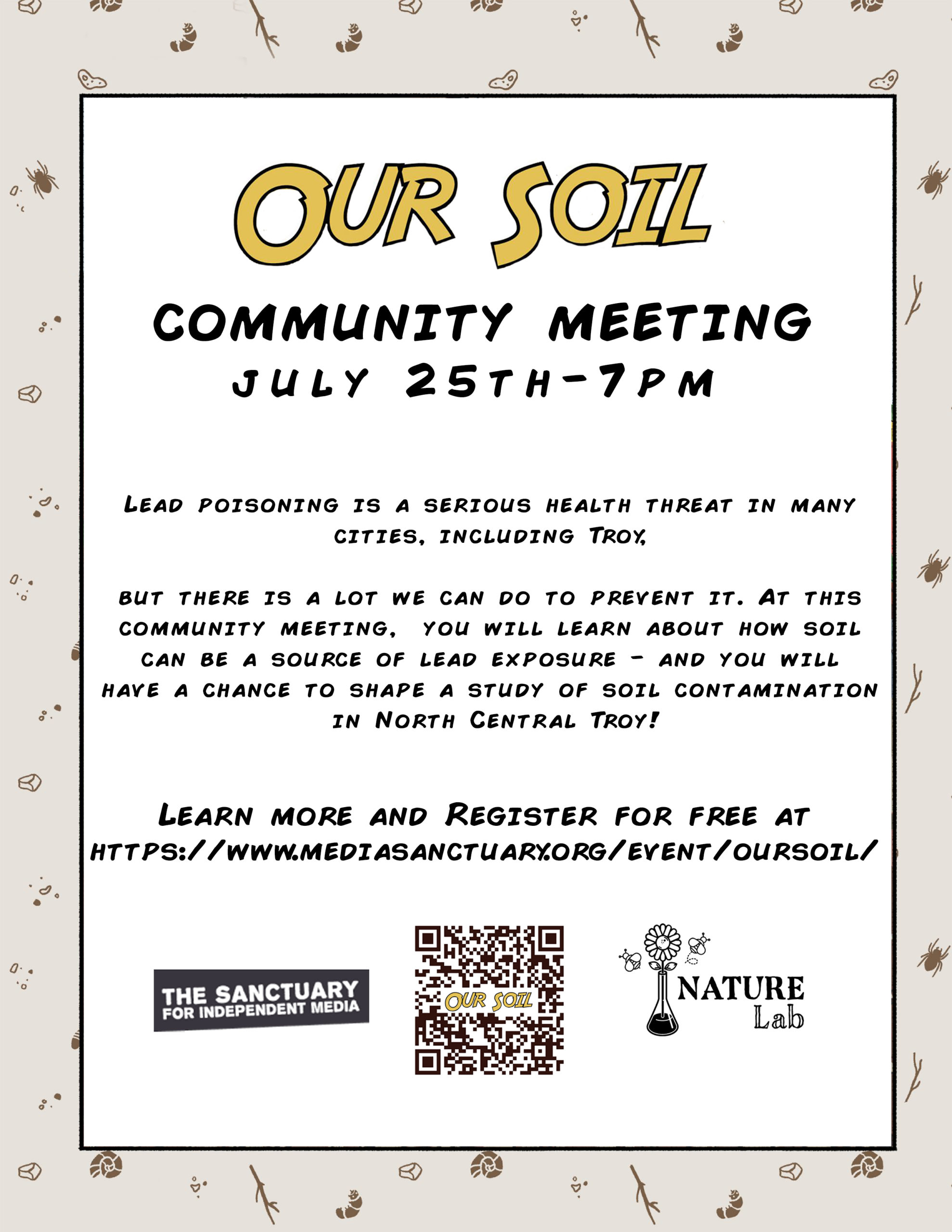
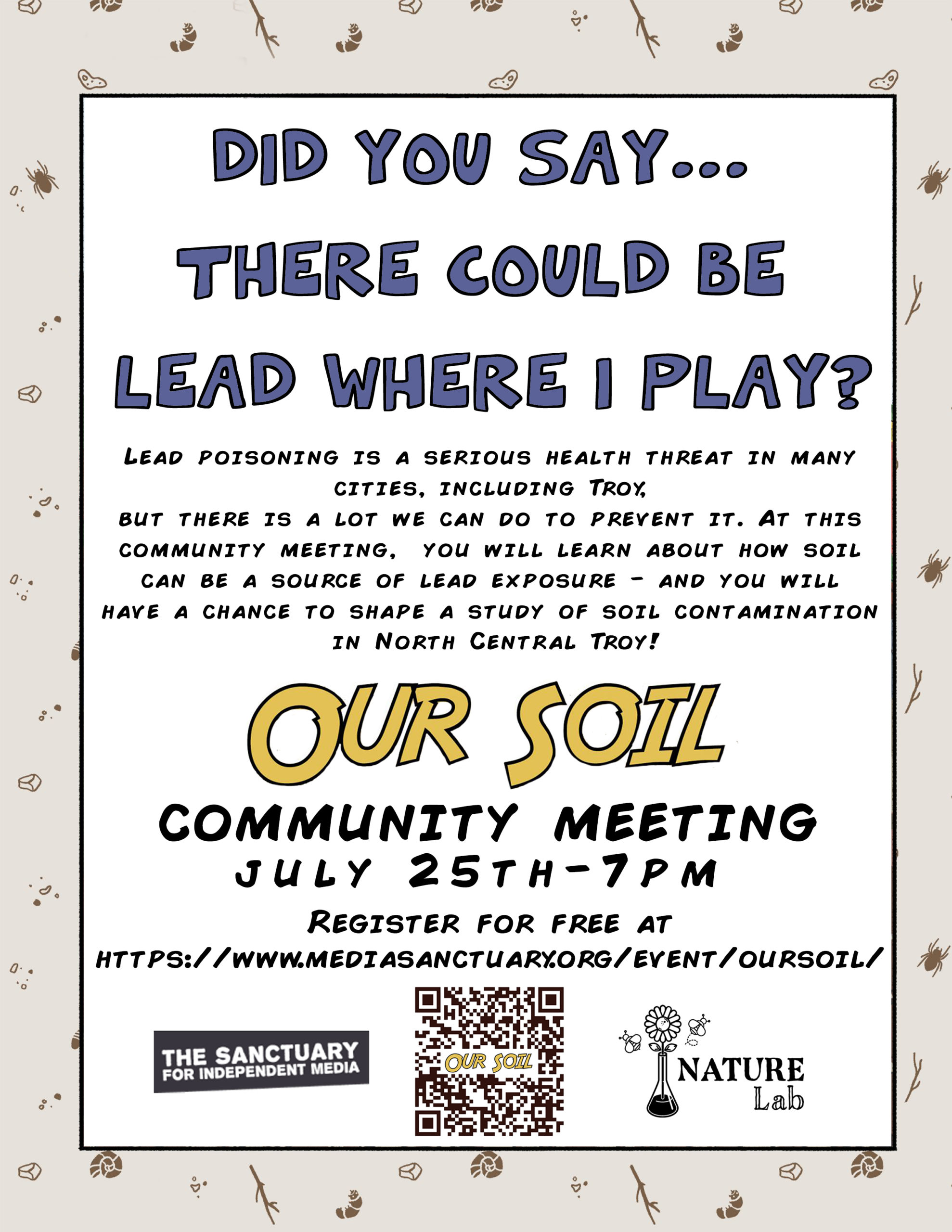
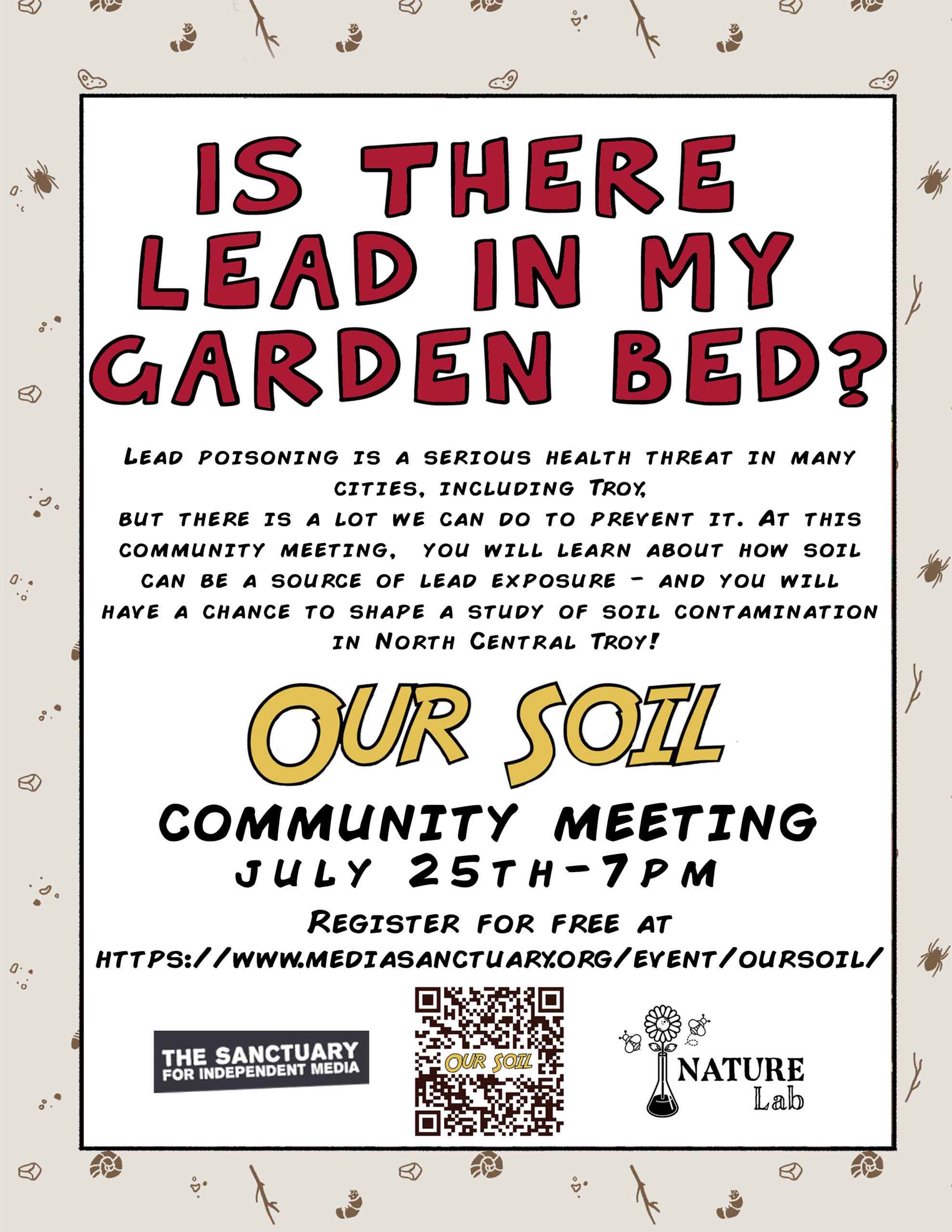
 Screenshot of the
Screenshot of the